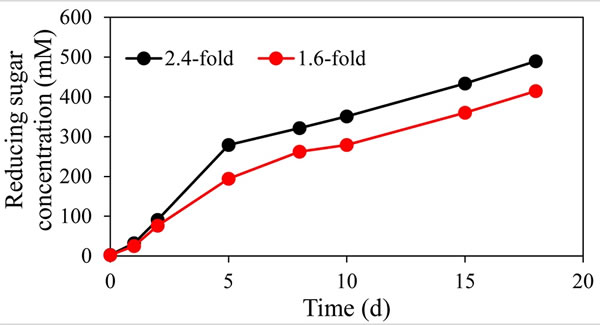

Figure 1. Construction and validation of recombinant strain DSM1313::CaBglA from Clostridium thermocellum

Figure 2. Analysis of the production level (solid line) and pH change (dotted line) of Clostridium thermocellum recombinant strain DSM1313::CaBglA during saccharification
How to achieve the high value of lignocellulosic biomass, which is a low-value raw material, has always been a research hotspot at home and abroad. The Metabolomics Team of the Qingdao Institute of Bioenergy and Bioprocess Technology, Chinese Academy of Sciences, aims to break the monopoly of foreign technologies and break through the bottleneck of lignocellulose saccharification technology. It has long been dedicated to genetic modification and metabolic engineering of cellulolytic bacteria such as Clostridium thermocellum. , using a series of genetic manipulation tools previously developed by the team (J Microbiol Methods, 2012, 89: 201-8.; PloS One 2013, 8: e69032; Appl Microbiol Biotechnol, 2014, 98: 313-23; Biotechnol Biofuels, 2015, 8: 36.) A new type of engineered strain was constructed through the directed transformation of Clostridium thermocellum and its cellulose degrading enzyme system, fibrous bodies, which can be used as whole-cell catalysts to achieve lignocellulose substrates to fermentable sugars. The efficient transformation has effectively promoted the industrialization of lignocellulose biotransformation. The related results were published online on May 12th in Biotechnology for Biofuels [Zhang J, et al, 2017, 10(1): 124], among which doctoral student Zhang Jie was the first author of the paper, researcher Cui Qiuhe and associate researcher. Liu Yajun is the author of the paper.
Lignocellulose-based biomass has attracted much attention for its reserves and reproducibility. However, the unreasonable disposal of agricultural and forestry wastes will greatly increase environmental pressure and cause serious environmental pollution problems including water pollution and incineration of haze. Therefore, the efficient utilization of non-grained lignocellulose is a global issue that needs to be solved, and it has important strategic significance for achieving sustainable economic development. However, the industrialization, scale, and commercial application of lignocellulosic biomass have not yet been fully implemented. The main reason is that it has not yet broken through this bottleneck step of the efficient, low-cost conversion of lignocellulose to fermentable sugars.
The fibrous body is currently one of the most efficient cellulose degradation molecular machines in nature. As a typical fibrinogen-producing strain, Clostridium thermocellum has the property of naturally degrading a cellulose substrate efficiently, and thus it is It is considered to be the most promising strain that can achieve efficient biocatalytic conversion of lignocellulose based on the integration of bioprocessing technology strategies. However, the existing wild strains and their fibrous bodies have the disadvantages of substrate hydrolyzing activity and feedback inhibition of enzyme-catalyzed products and cannot adapt to industrialization requirements.
In response to this research status, the team of metabolomics directed targeted modification of Clostridium thermocellum and its fibrillar bodies. Through the establishment of a non-defective genome editing system, the β-glucosidase CaBglA derived from the extreme thermophilic bacteria The fusion with the key fibrous body enzyme Cel48S was expressed and assembled into extracellular fibrous bodies (Fig. 1). The saccharification reaction using the recombinant strain as a whole bacterium catalyst revealed that when 100 g/L microcrystalline cellulose was used as a substrate, the reducing sugar yield reached 489 mM (about 88 g/L in terms of glucose molecular weight) (Fig. 2). . The ability of the bacteria to efficiently degrade cellulose and produce fermentable sugars initially demonstrated the feasibility of the whole-cell catalytic saccharification strategy of lignocellulose in industrial application. The study extends the new horizon of lignocellulose saccharification, which has strongly promoted the substitution of cellulose sugar as a carbon source for starch sugar in the field of industrial fermentation.
Rp 250 Graphite Electrode,250Mm Graphite Electrode,Lowest Price Hp 250Mm Graphite Electrode,Better Functions 250Mm Graphite Electrode
Carbographite Industrial PTE.LTD , https://www.graphites.pl